Top 5 Coolest Types of Hood Ornaments

Equal parts beautiful and dangerous, the hood ornament reputedly dates all the way back to the chariots of Egyptian Pharaohs.
As a sculpture on the prow of a car, though, hood ornaments evolved from the motometer. Designed as a temperature gauge, these important pieces of instrumentation got fancier and fancier over time and eventually became a popular way to personalize a car. When the radiator went inside the hood and the temperature gauge inside the cabin, there was still a taste for a figurehead, so sculptors got to work designing all kinds of beautiful hood ornaments.
Here are the five coolest types of hood ornaments out there:
1. Humanoid
As far as we can tell, there are five basic types of ornamentation for the prow of a car, the first of which is the humanoid. Possibly the best-known style, this type uses the human form as its inspiration. These aren’t just cool because they remind us of the figureheads on wooden ships, they’re also almost all excellent pieces of Art Deco design. The humanoid ornament has figured prominently on Packards, and the Pierce Arrow throughout history, but the only one that could have won this category is one of the only hood ornaments that continues to adorn cars to this day: Rolls-Royce’s Spirit of Ecstasy.
ALSO SEE: 5 Facts About Rolls-Royce That Boggled Our Simple Peasant Minds
Not only is it beautiful, it comes with a tale of intrigue, too. Originally commissioned by a Rolls owner as a secret love note to his mistress, the sculptor was so pleased with the result that when he was asked by Rolls-Royce to design a standard ornament for the brand, he submitted the same, largely unchanged figure.
2. Crest
The second type of hood ornament is the crest. Like a coat of arms, this hood ornament is usually comprised of a basic shape with the manufacturer’s name included. It could be argued that this type of ornament still exists, just glued flat against the car. Studebaker used the crest, as did Buick and Maybach, but our favorite is Cadillac’s.
The ornament takes its inspiration from the family crest of Antoine de la Mothe Cadillac, who founded Detroit back when it was part of New France. The crest had a crown and merlettes on it, as well as a laurel wreath, all of which referred to Cadillac’s noble blood. The only problem was that he didn’t really have any royal blood and he likely created the crest himself. But what more American story could there be than a person of humble origins who came to the new world and made something of themselves?
3. Abstract
Next, we come to the abstract hood ornament. Freed from the requirements of literal representation, these can represent speed or comfort or luxury with pure design. Packard experimented with such ornaments in the late ’40s, as did Oldsmobile a decade before. Probably the most American type of ornament, they were popular during the jet era and speak to the nation’s growing confidence.
Our favorite appeared on the Buick Super 8 line. The ornament is known as the “ Bombsight” (already a cool name) and first appeared in 1946 when postwar production began. It was a bold, luxurious item in a time when chrome was hard to come by. The ornament later came to include a V, to proudly proclaim that these were powered by Buick’s Rocket V8, which was popular among hot rodders for its torque production.
4. Tiny Sculptures
Next comes the graven image. These are tiny sculptures made to look like a specific object. As with the abstract ornament, these were popular in America during the jet age because, as you can imagine, everyone wanted a rocket or a jet plane on the hood of their car. Again, these are mostly streamlined and Art Deco, and they were employed by brands like Moon Motor Cars and Oldsmobile.
Sometimes they aren’t about speed, though, as was the case with Plymouth’s early Mayflower ornament. In its press materials, the company writes that it got its name because its products were simple, tough, and effective, like the pilgrims. In a moment of candor, though, the head of sales at Chrysler said that the company was named after a brand of baler twine, because Chrysler wanted to poach rural customers from Ford and the association to the pilgrims came later. Whatever the case, the ship is unique and looks good.
5. Animals
Finally, the animal ornament. Possibly the most common type, these ornaments use the attributes of beasts to make promises about the performance of a car. Like other types, animal ornaments can be about speed, but they can also be about more. Bugatti used an elephant on its Royale to speak to the scale of its massive regal limousine, while Bentley has also used a British Bulldog.
One of the best uses of the animal, though, was the stork on the hood of the Hispano-Suiza, based on the emblem first used by the French airforce’s third squadron during the First World War. The squadron was known as “Les Cigognes,” because they reminded the French people of the storks that flew in the German-occupied Alsace region. The planes were powered byHispano-Suizaa V8s. After the war, Hispano-Suiza decided to honor the famous third squadron by using the same stork on its cars.

Sebastien is a roving reporter who covers Euros, domestics, and all things enthusiast. He has been writing about the automotive industry for four years and obsessed with it his whole life. He studied English at the Wilfrid Laurier University. Sebastien also edits for AutoGuide's sister sites VW Vortex, Fourtitude, Swedespeed, GM Inside News, All Ford Mustangs, and more.
More by Sebastien Bell



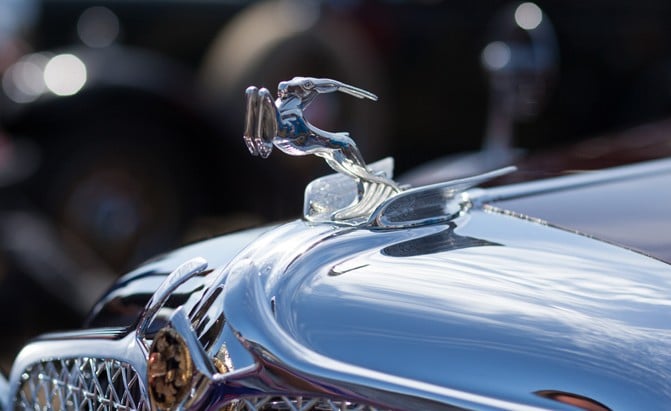


















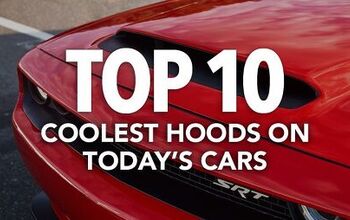




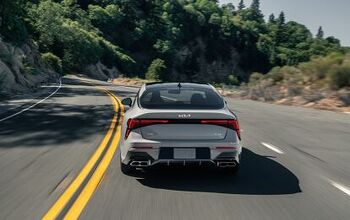

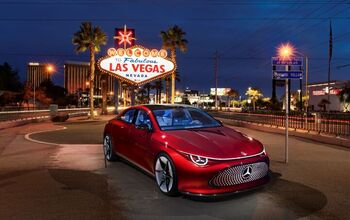


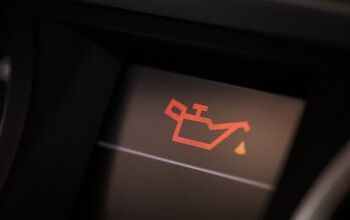
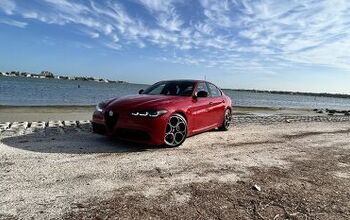
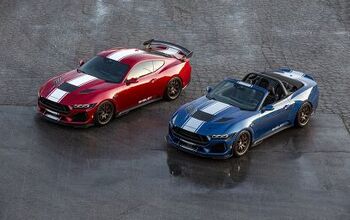
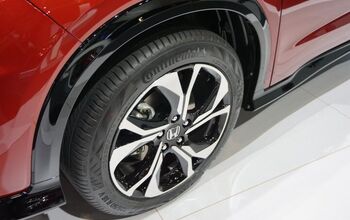

Comments
Join the conversation